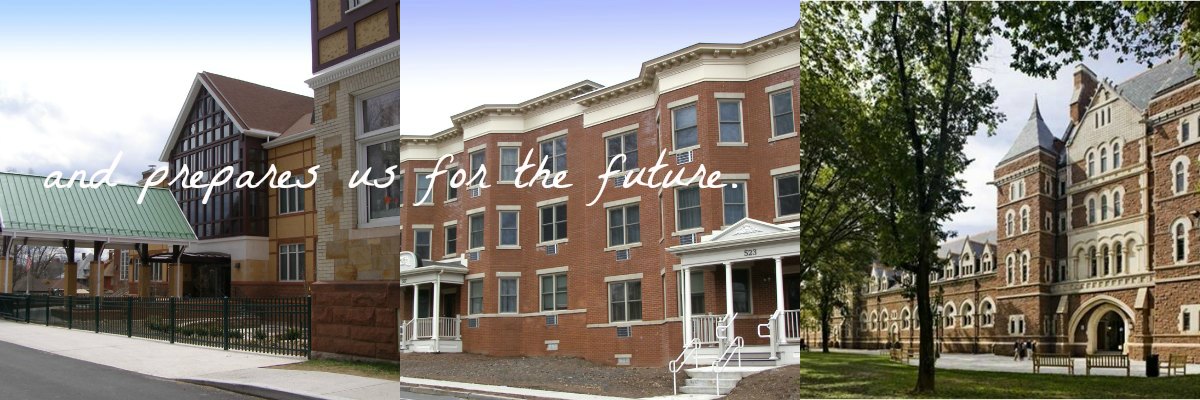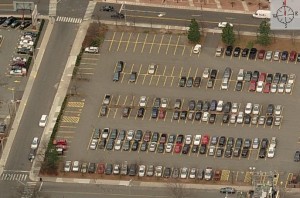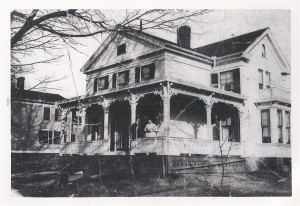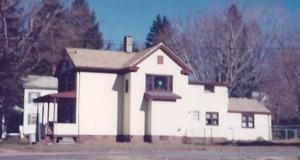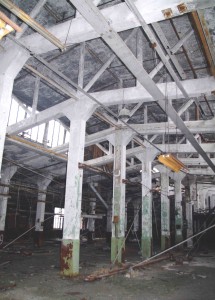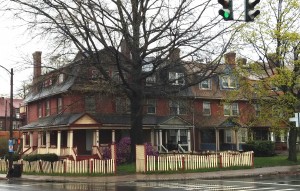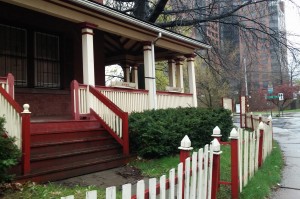HPA has invited a group of partners, patrons and friends to be guest bloggers during Preservation Month. We have asked them to write on various topics surrounding the theme “Why Preservation Matters in Hartford” based on the web articles Six Reasons to Save Old Buildings and What’s ‘Historic’- and Who Says? Nine Practical Reasons to Save Old Building
What were they thinking?
Years and decades after a structure is razed, the question is often asked – what were they thinking when they tore down that building? It really isn’t hard to imagine part of the thought process. Styles change and we as a culture have an insatiable hunger for the new – new shoes, new TV’s, new cars, new houses. A real-time example: how many people do you know are dying to live in a 1960’s split-level house? And it is our hunger for the latest and greatest that probably most contributes to the current average lifespan of a commercial building being only 50 years (good example: Broadcast House on Constitution Plaza).
One of the best examples I have come across of buildings destroyed that would be an asset today is Miner’s Garage. Forward thinking Samuel A. Miner became enamored with automobiles after his purchase of a steam-powered Prescott surrey. At the turn of the 20th century, Mr. Miner left his job as a bookkeeper for H. C. Judd & Root wool dealers with the hope of being able to sell three cars a year and do repair work. He soon sold 300. The enterprising Mr. Miner then convinced his former employer to build him an “automobile station” which he rented back.

The Miner Garage Co. (corner of High & Allyn Streets) ca. 1910 (postcard courtesy of the Connecticut State Library PG 800)
Billed at one time as “The Largest Garage between New York and Boston,” the castle-like building had showrooms (visible through the large plate glass windows at the corner), offices and storage lockers for customers on the first floor. An electric 10’ by 20’ elevator was used to bring cars up to the second floor for servicing, storage and – wait for it – recharging. Mr. Miner filled the need of Hartford car owners for a place to store their vehicles before the advent of individual garages and a way to recharge their electric motors.
Imagine if today, instead of the surface parking lot now at this location, workers and residents could still bring their cars here for servicing and recharging. Or imagine visitors arriving a block away at Union Station and walking over to rent an electric car.
What were they thinking?
Thankfully, many of the current downtown building projects involve the adaptive re-use of buildings such as the conversions of the Hotel Sonesta and the Bank of America buildings into apartments. Who knows – in another 50 years Hartford may have a need for more hotel rooms and office space. And Hartford residents in the future will be saying We’re glad they kept these buildings and not asking what were they thinking?
(Read more about Miner’s Garage in our Once Upon A Time section)
Guest blogger Mary A. Falvey is a Senior Program Associate and Webmaster for Hartford Preservation Alliance.






